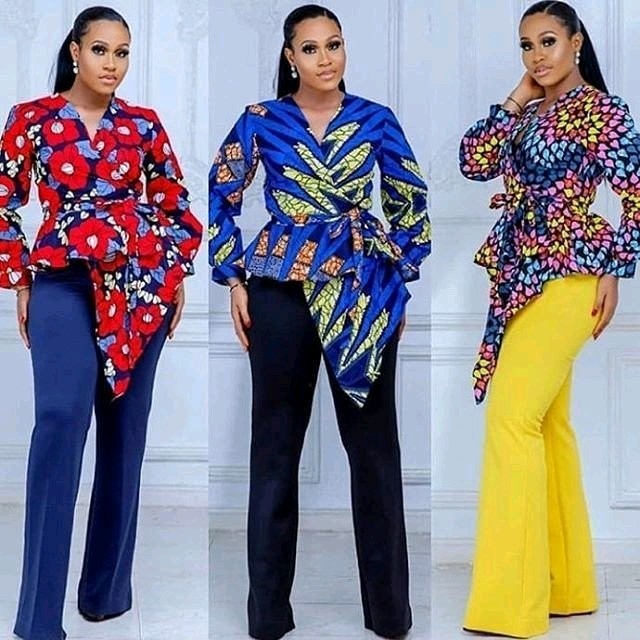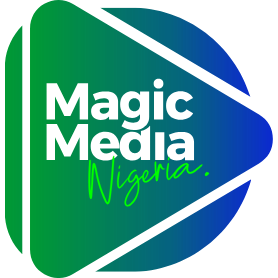Across the vibrant cities and tranquil towns of Nigeria, Fridays are unlike any other day of the week. A unique shift occurs in offices, markets, schools, and banks. Western suits and business dresses make way for rich Ankara prints, flowing Agbadas, neatly tailored Kaftans, and elegant Iro and Bubas. It’s not a religious holiday nor a nationwide festival—yet, the entire country seems to participate in what has become an unspoken but celebrated tradition: Friday Native Attire.
But how did this ritual begin? How has it evolved? And what does it say about modern Nigeria’s sense of identity, fashion, and cultural pride?
1. The Genesis: Where Tradition Met Modern Work Culture
The story of Friday native wear in Nigeria dates back to the post-independence era of the 1960s and 70s. As Nigeria gained its freedom from British colonial rule in 1960, a wave of nationalism swept across the country.
This newfound pride led to a resurgence in the promotion of local culture, language, and clothing. People began to embrace their heritage not just in homes and villages but also in the public sphere.
However, colonial influence lingered heavily in corporate offices and institutions. Western-style suits remained the norm in formal settings.
Native attire, while revered culturally, was often considered too informal or traditional for modern, urban workspaces. That narrative began to shift slowly in the 1980s and 90s.
Gradually, civil servants and public office workers began to adopt a more relaxed dress code on Fridays—a decision encouraged by pro-African cultural policies. This relaxed day allowed them to wear traditional clothes to work, reinforcing cultural identity while closing the workweek in comfort. It soon caught on in the private sector and media houses and eventually spread nationwide.
2. The Symbolism: More Than Just Fashion
Wearing native attire on Fridays in Nigeria is not merely about dressing up. It symbolizes a resurgence of pride in African roots, heritage, and craftsmanship. Each outfit worn is a statement of identity, regional belonging, and cultural memory.
- The agbada, worn by Yoruba men, represents elegance and status.
- The Isi Agu shirt worn by Igbo men connotes power and nobility.
- The dashiki across tribes blends African pride with street-smart fashion.
- Women wear Iro and Buba, Wrapper and Blouse, or George wrappers—each styled to show grace and femininity.
Each ensemble carries centuries of meaning, patterns, and symbolism—making Friday dressing not just a style choice, but a living archive of Nigeria’s ethnic diversity.
3. How Native Friday Spread Like Wildfire
With time, what began as an informal, patriotic dress code morphed into a weekly national custom. The spread was helped along by a few key cultural influencers:
- Media Personalities: TV presenters, news anchors, and Nollywood stars began appearing in native attire every Friday, reinforcing the trend.
- Corporate Branding: Some companies officially adopted Friday Native Day as part of their corporate culture to support local artisans and tailors.
- Religious Influence: Friday is a holy day for Muslims, who traditionally wear their best attire to the mosque. This aligned with the native wear movement and encouraged broader participation.
- Social Media: Platforms like Instagram and Twitter allowed Nigerians to flaunt their Friday outfits using hashtags like #NativeFriday, #TradFriday, and #AnkaraSwag, turning it into a visual and cultural phenomenon.
4. Creativity Unleashed: A New Era of Afrocentric Fashion

In recent years, Friday native attire has gone beyond tradition into the realm of creative expression. Designers have taken classic silhouettes and modernized them:
- Ankara suits that blend structured blazers with native fabric.
- Hybrid attires combining denim with Aso Oke or lace.
- Customized embroidery that adds personal flair and an artistic touch.
- Gender-fluid designs that allow for diverse expressions of identity.
Tailors are now viewed as fashion artists, each stitching pieces that combine ancestry with individuality. Even schoolchildren and university students participate, often holding themed Friday cultural days.
5. Economic Impact: Empowering a Local Industry
The rise of Friday native attire has also created a vibrant local fashion economy. Tailors, fabric sellers, fashion influencers, and accessory makers all benefit from this weekly tradition.
- The Ankara market in Lagos or the Ariaria market in Aba sees weekly spikes in sales leading up to Friday.
- Local brands like Deola Sagoe, Mai Atafo, and Ugo Monye have gained both local and international recognition.
- Online marketplaces like Jumia and Instagram shops make it easy to order ready-made or custom outfits.
This boosts not just economic growth but also self-reliance. Nigerians are no longer looking westward for style cues. They are redefining what it means to be fashionable—from the roots up.
6. Cultural Diplomacy: Showcasing Nigeria to the World
Fridays in Nigeria now serve as a soft power tool. From embassies abroad to diplomatic missions, Nigerians wear their roots with pride. On occasions like Nigeria’s Independence Day or cultural exhibitions, Friday wear becomes a medium to showcase the nation’s artistic and textile wealth.
Even non-Nigerians who live in or work with Nigeria have joined the trend. International business visitors are often gifted native attires to wear on Fridays as a show of goodwill and cultural respect.
7. Regional Variations: A Tapestry of Style
While the national theme is the same, styles vary regionally:
- In the South-West, Yoruba men may wear Agbada with matching Fila (cap), while women opt for Buba and Iro with Gele (head wrap).
- In the South-East, Igbo men don Isi Agu with red caps, while women wear George wrappers with lace tops.
- In the North, Kaftans and Babban Riga in luxurious fabrics dominate, often accessorized with caps known as Zanna or Hula.
- In the Middle Belt, native wear often blends styles from neighboring tribes, incorporating embroidery and beading.
Each region contributes to the visual richness that defines Friday wear, reflecting Nigeria’s ethnic harmony.
8. Challenges and Criticisms
While the trend is overwhelmingly positive, it’s not without its challenges:
- Dress code confusion: Some conservative institutions still resist full adoption, viewing native wear as too informal.
- Cost burden: High demand can drive prices of tailoring and fabric up, making it less accessible for low-income earners.
- Over-commercialization: Critics argue that mass production of Ankara prints overseas undermines local textile industries.
Still, these concerns are being addressed by policy and public campaigns encouraging Made-in-Nigeria patronage and institutional inclusion.
9. The Future: A Permanent Fixture of Nigerian Identity
Looking forward, Friday native attire is poised to become even more entrenched. Some companies are adopting daily dress codes allowing native wear all week long. Schools are designing cultural uniforms. International fashion weeks are inviting Nigerian designers to the runway.
Digital tailoring apps, AR fitting tools, and AI fabric designers are on the rise, blending tech with tradition. What started as a casual dress-down day is now the epicenter of a cultural fashion renaissance.
Dressing the Nation in Pride
The tradition of wearing native attire on Fridays in Nigeria is more than a fad. It is an enduring celebration of identity, unity, and creativity. It turns every Friday into a cultural festival—a living runway of who Nigerians are, where they come from, and where they’re headed.
In every stitch and fold, there’s a story.
And on Fridays, the nation wears that story with pride.

